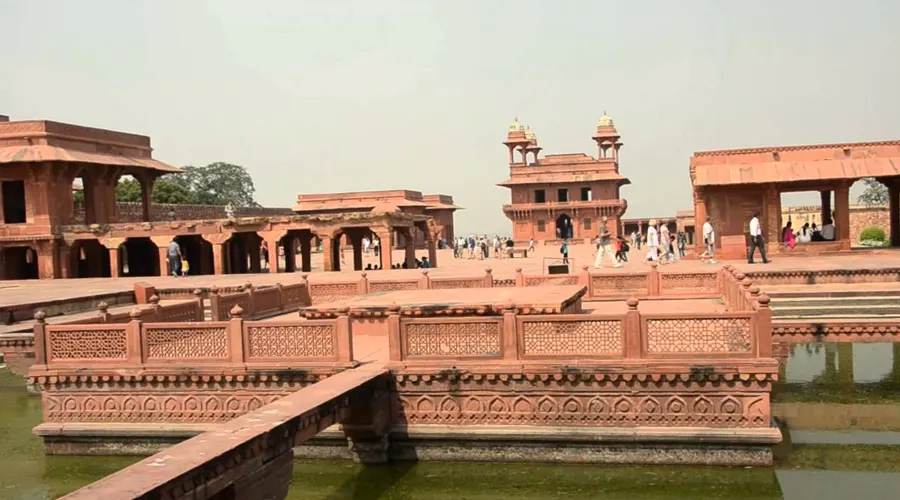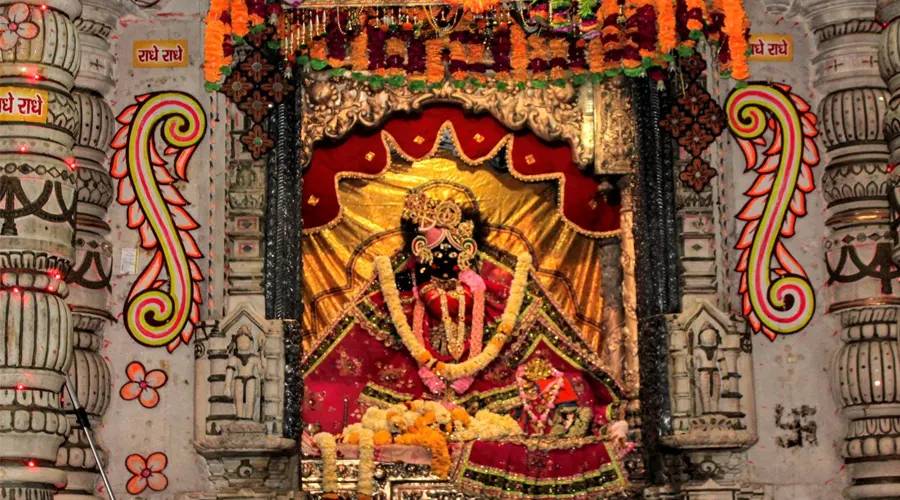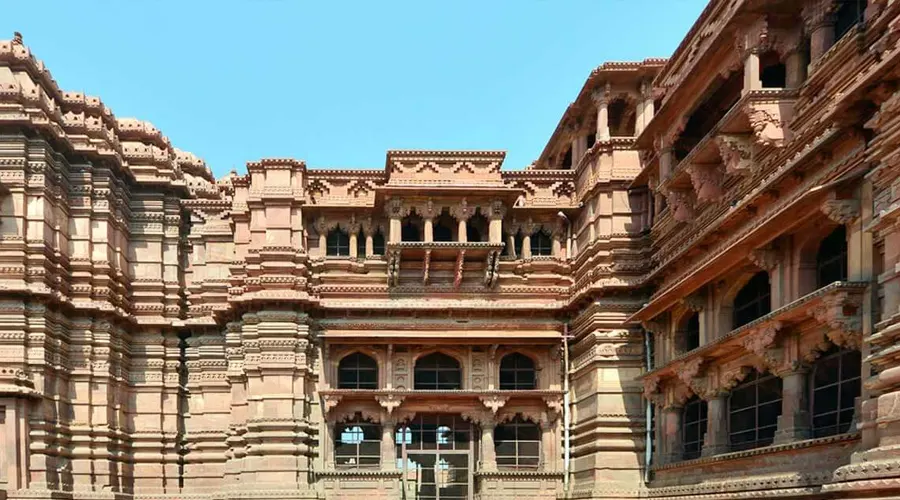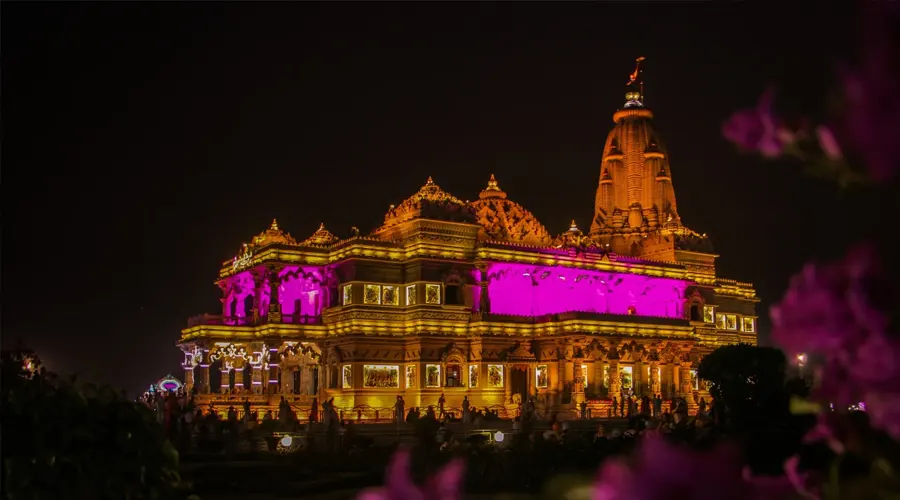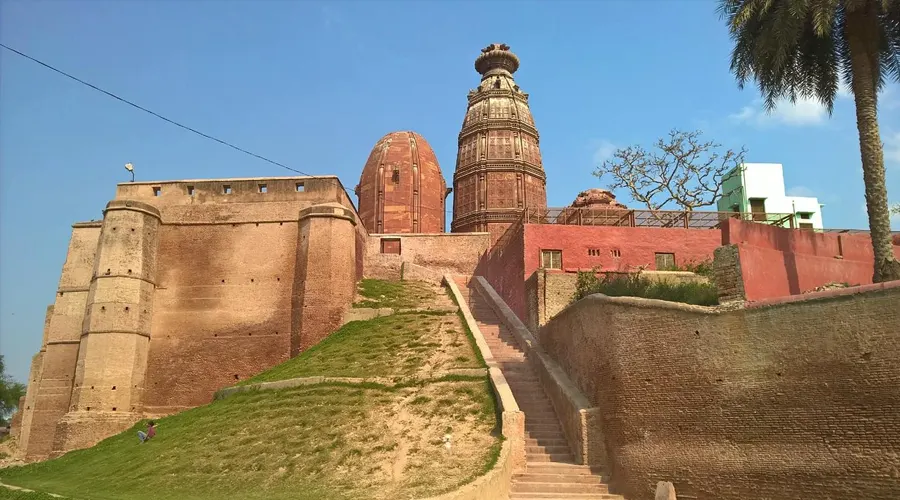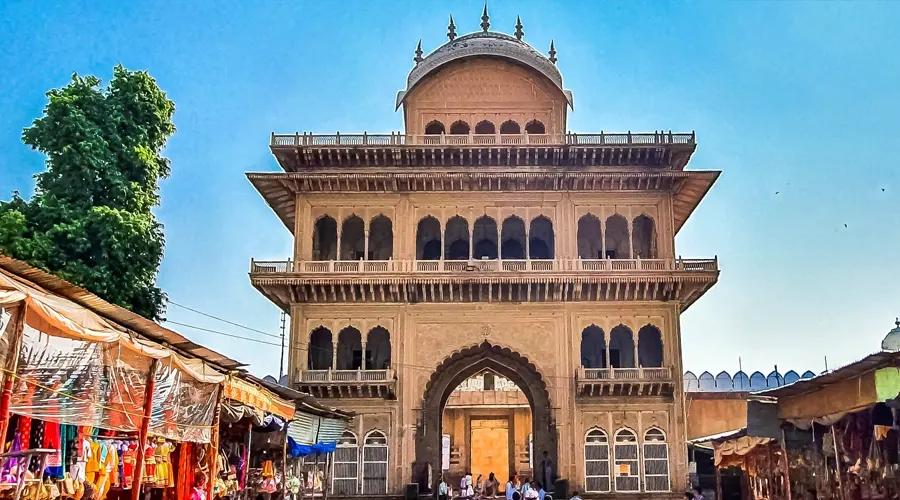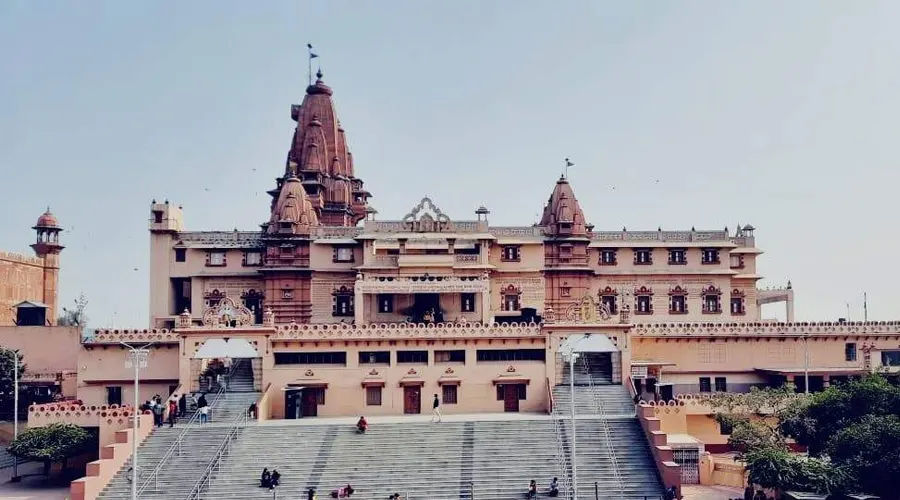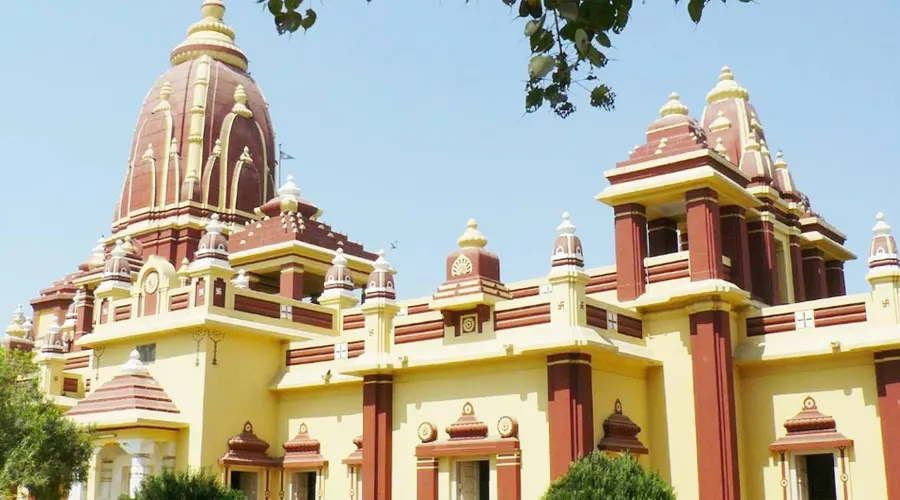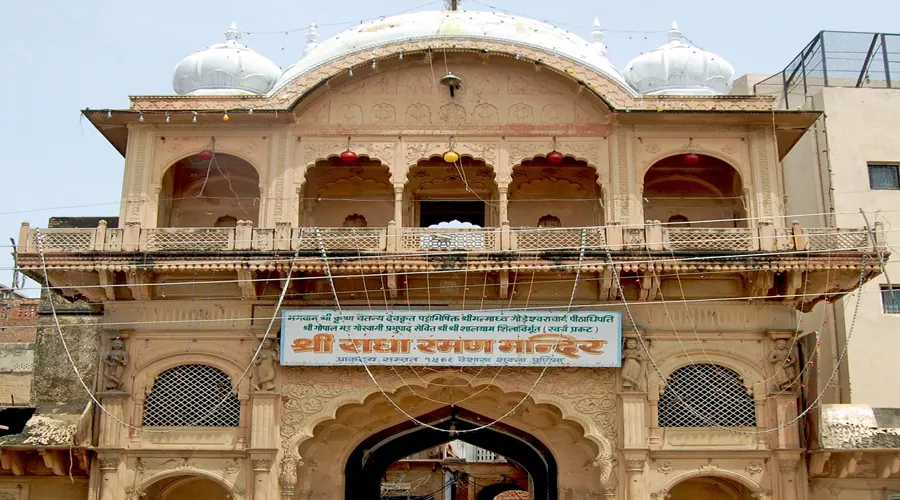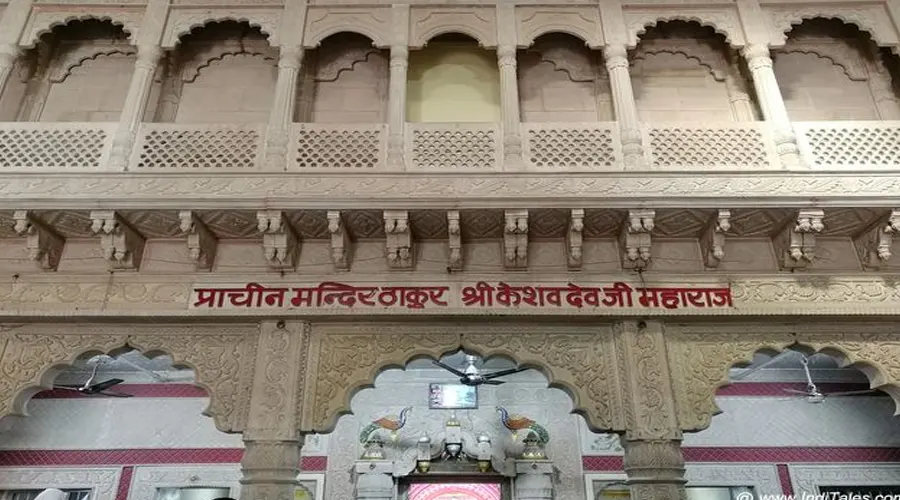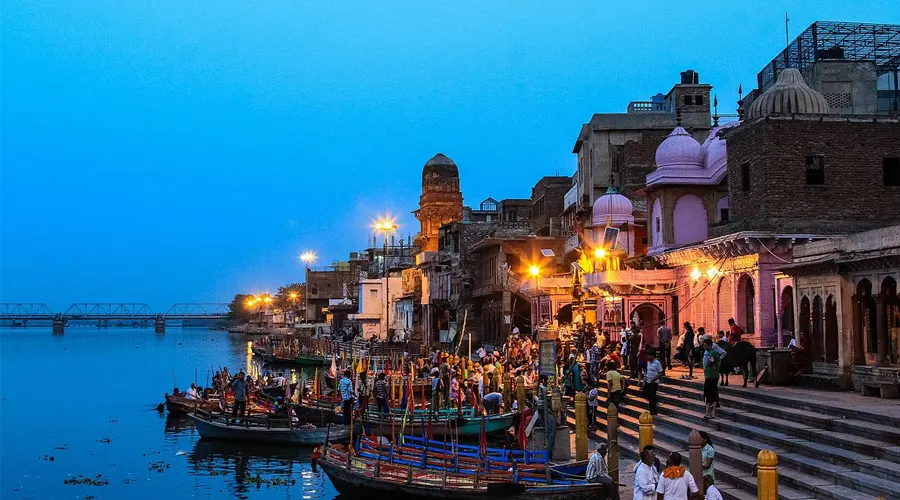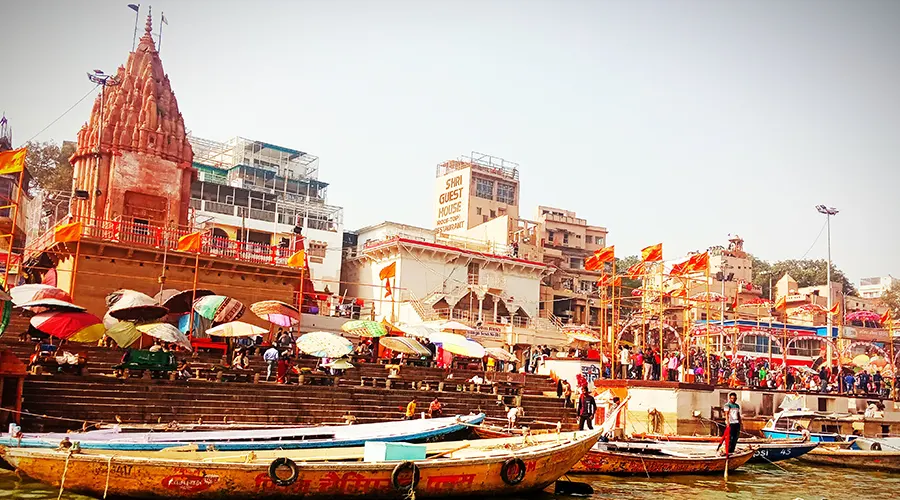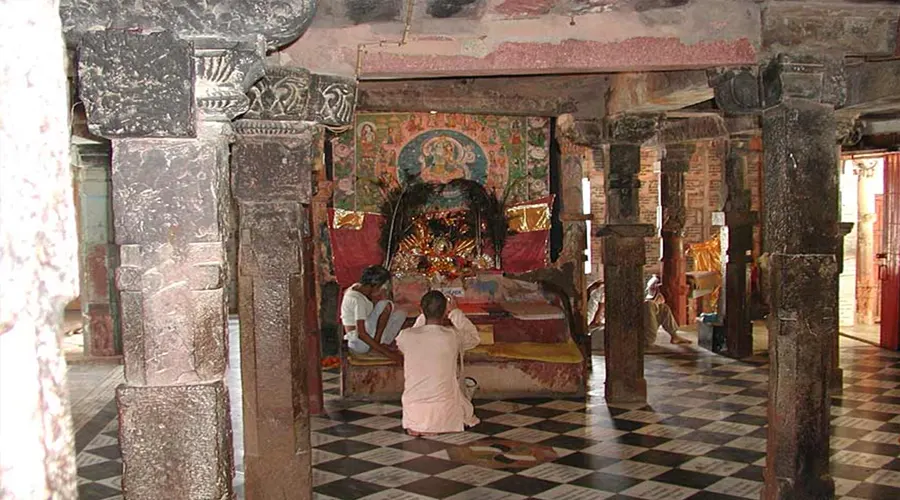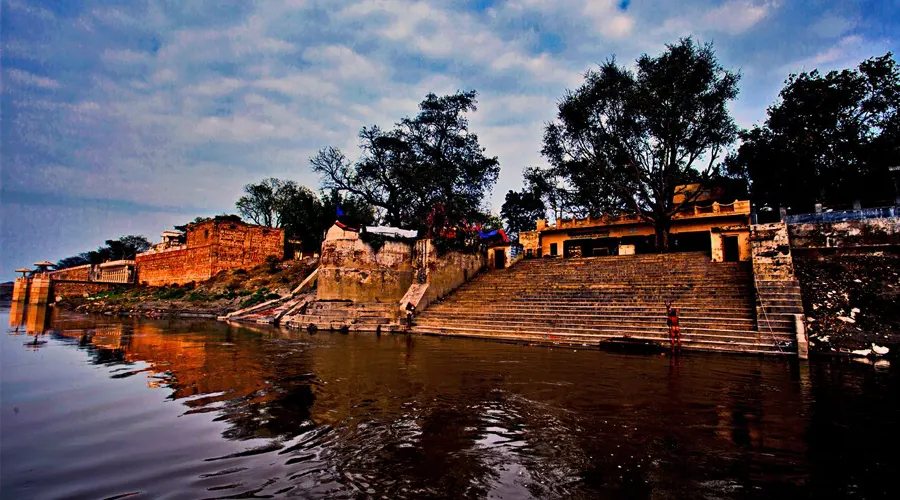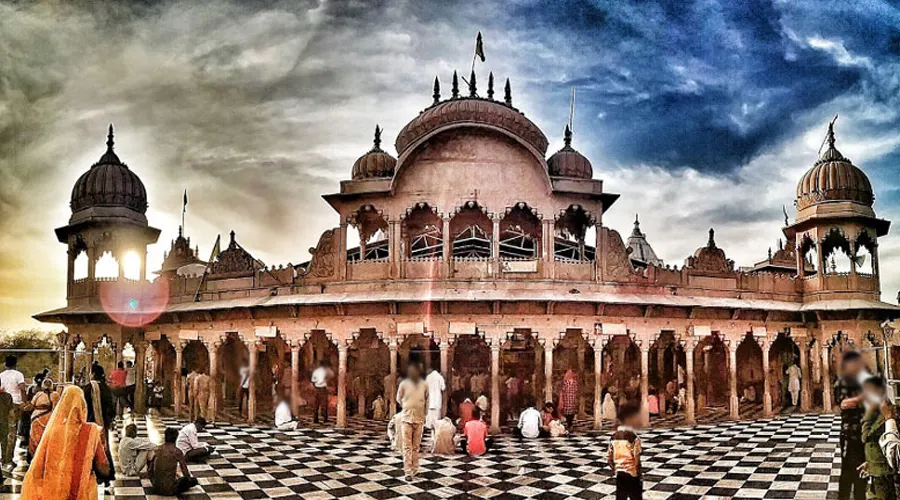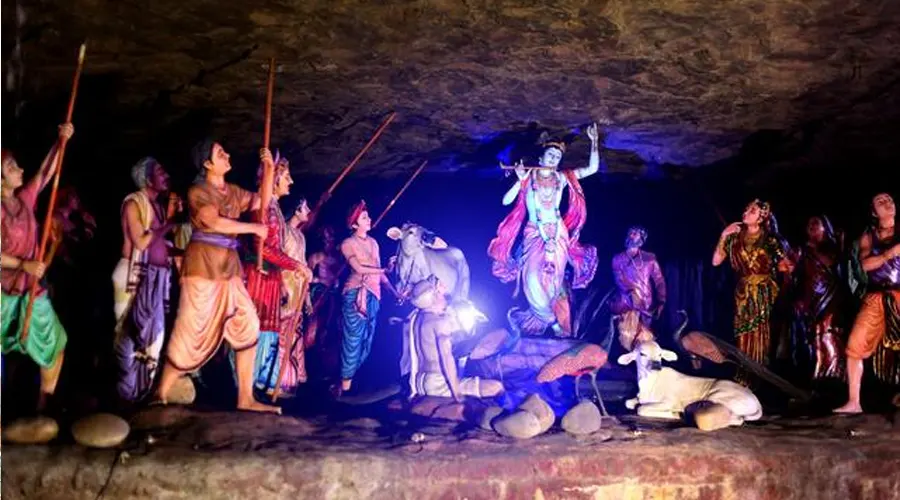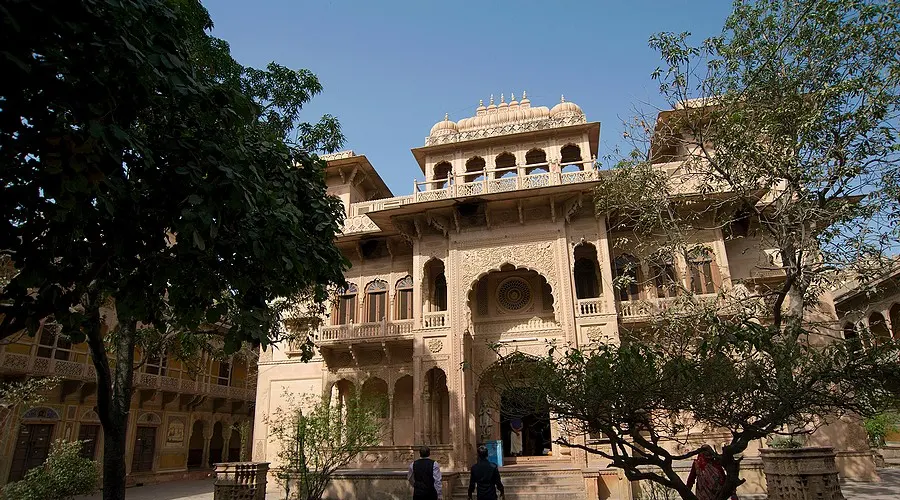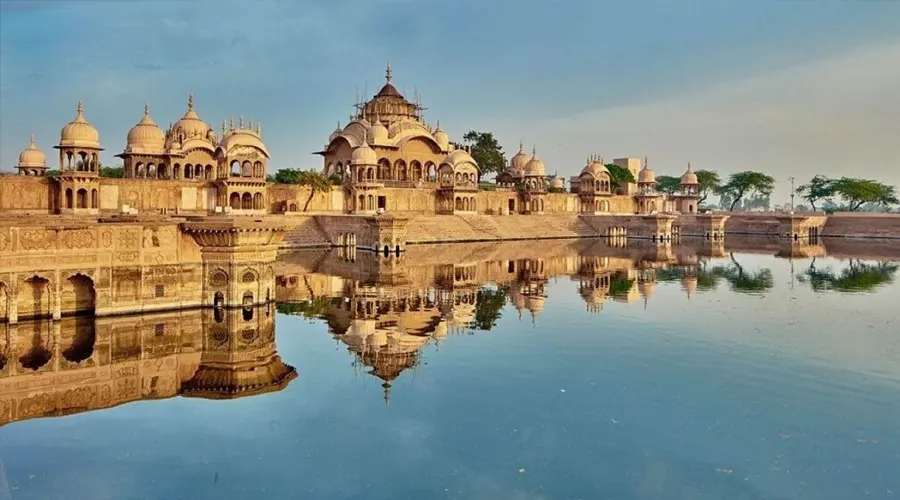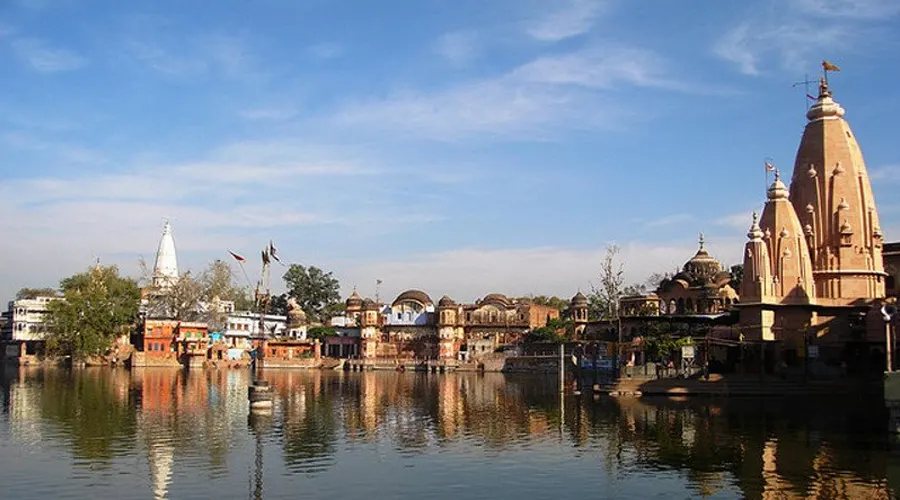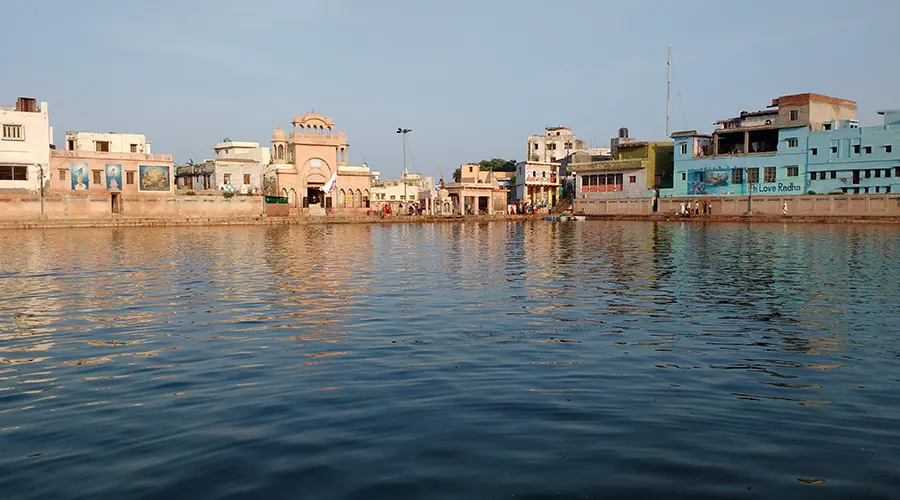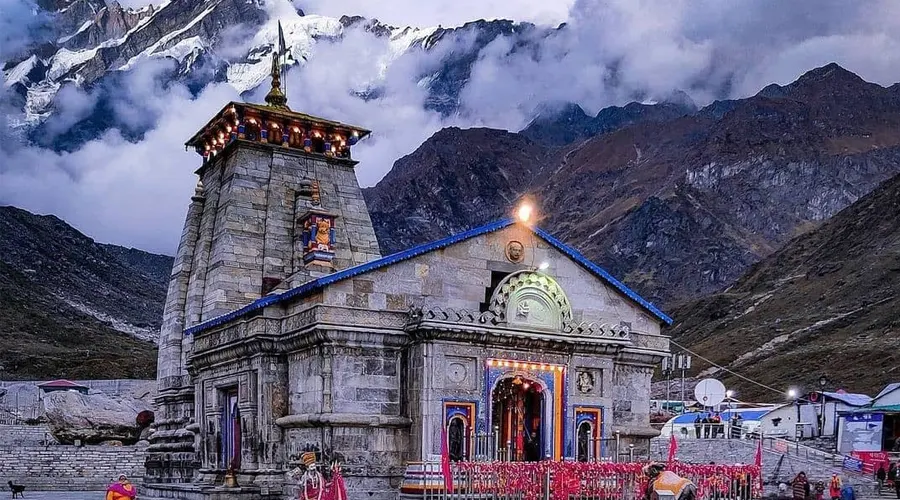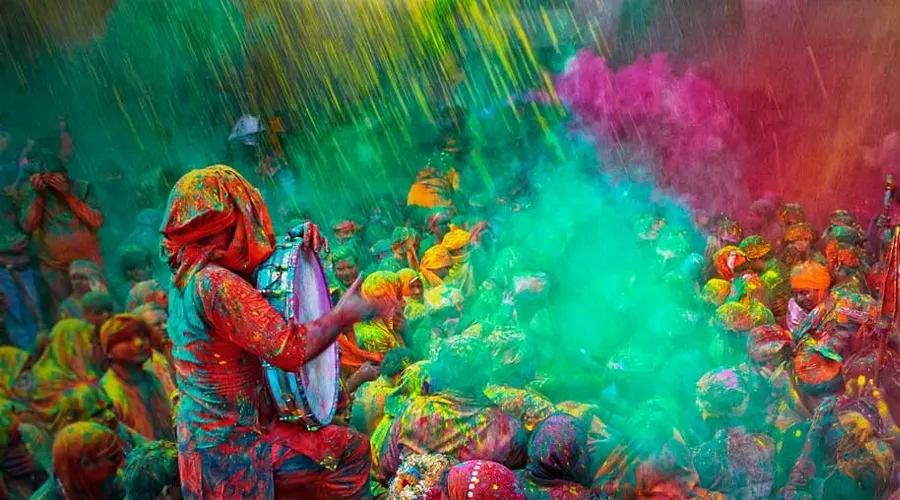Ibadat Khana Agra
It’s not for nothing that the Mughal Emperor Akbar is referred to as great by historians and anybody with a knowledge of history. He was a man ahead of his time in various aspects, an example of which is the Ibadat Khana, or the House of Worship. Among the many things to see in Fatehpur Sikri, this structure is special because of its immense historical importance.
Built-in 1575 AD, it aimed to assemble spiritual leaders of different religions in one place to discuss the teachings of their respective religions. Most of these religious discussions were held in the evenings on Thursdays.
Akbar, as was widely known during his time, was a great believer in Salim Chisti, a great Sufi philosopher of his time. He is widely known and respected for his deep knowledge and for performing miracles that were thought to be next to impossible.
His belief in the Sufi saint was so strong that he credited him for his victories in battles and even the birth of his son (he had sought blessings from the saint for being blessed with a child). As his predictions began to come true, one after the other, the Emperor’s faith in Islam also began to strengthen. He was thus inspired to learn more about it as well as about other religions.
To fulfill this purpose, he established the Ibadat Khana in 1575 as a place where the learned scholars of Islam would assemble and hold discussions. Akbar, throughout his life, was intrigued by various kinds of questions of a metaphysical kind. Despite being illiterate, he was fascinated by the tenets of the Islamic faith and the various questions regarding it. Soon enough, the Ibadat Khana grew in popularity and attracted scholars with the greatest wisdom. Arguments and discussions were held with the utmost enthusiasm, and it was not long before Akbar began inviting scholars of other religions to this house of worship too.
This was, a revolutionary step during that time, simply because it was the first-ever attempt at secularism (although different from what it means today). Akbar also established his religion known as Din-i-Ilahi, which was an attempt to bring together the best practices of all religions.
History of Ibadat Khana
Ibadat khana was conceptualized in 1575 A.D and the building was erected for them. Like Sulaiman who is said to spend the night amid hundreds of spiritual leaders, Akabar also spent his Thursday in the building. Here in the edifice, he invited mystics and theologies from different religions such as Hinduism, Jainism, Buddhism, Christianity, Zoroastrianism (Parsis, Islam, and also the nonbelievers in him. Each of these spiritual leaders had a congregation at Ibadat Khan and discussed with Akabar the respective features of their religions. The origin controversies by the historians of different ages.
Architecture of Ibadat Khana
Ibadat Khana, or House of Worship, is a brilliant red sandstone structure inside Fatehpur Sikri, which is one of the top places to visit from Agra. Its unique architecture makes it stand out among the other spectacular structures located inside the premises of Fatehpur Sikri. There is a single carved column standing in the middle topped by a platform on which the emperor is believed to have sat. From here, four paths emerge out into four corners where his advisors sat.
This portion of the entire structure symbolizes the fact that he was open to ideas from all corners before arriving at an important decision. However, there have been several controversies regarding the location of Ibadat Khana and its location.
Some historians like VA Smith and Percy Brown believed that it was the single pillar room inside Fatehpur Sikri. Others like Saeed Ahmed Muraravi believed the Ibadat Khana to have been a mound between Jodha Bai’s Mahal and the main mosque. Many buildings have been identified as Ibadat Khana.
At one point in time, the Lotus Pillar, Abdarkhana, Girls’ Madrasa, or the quadrangle which leads to Daulat Khana were all identified as Ibadat Khana. Whatever the controversies surrounding it, there is no doubt that it was a symbol of a revolutionary idea conceived by a man who was far ahead of his time.

